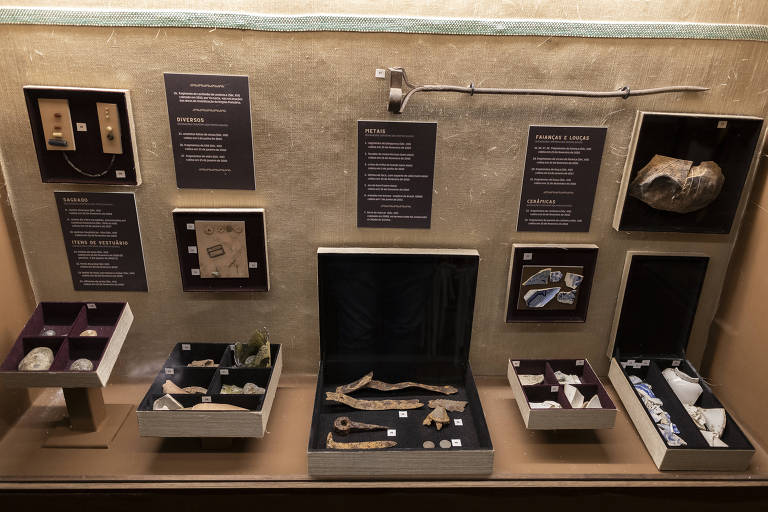For about 60 years, the Cemetery of Pretos Novos functioned as a depository for the bodies of enslaved people newly arrived from Africa at the port of Rio de Janeiro—those who did not survive the mistreatment of capture and the transatlantic voyage on slave ships were buried at the site.
Tens of thousands of dismembered, burned, and scattered bodies, covered only with a few shovels of earth, were disposed of in the cemetery, which operated from 1772 to 1830, in Valongo, in the port area of Rio.
The site housed about 50,000 skeletons of Africans who "were buried naked, wrapped and tied in mats, without any religious ritual, prayer, commemoration, or sacrament," according to historian Murilo de Carvalho.
The land designated for burials was very small for so many bodies that were cut and pressed there. Despite this, it is considered the largest slave cemetery of its kind in the Americas. "Pretos novos" was the term used for African captives who arrived already dead or died shortly after disembarking.
The existence of the cemetery was hidden for more than 160 years. It was only discovered in 1996 when a family decided to do some construction in their backyard.
After the discovery, the IAB (Brazilian Institute of Archaeology) confirmed that the archaeological remains were those deposited in the old Cemetery of Pretos Novos.
Today, the site houses a library and memorial with panels, photos, and part of the fragments found at the archaeological site, such as domestic artifacts. In an annex, the Pretos Novos Contemporary Art Gallery has been operating since 2011.
